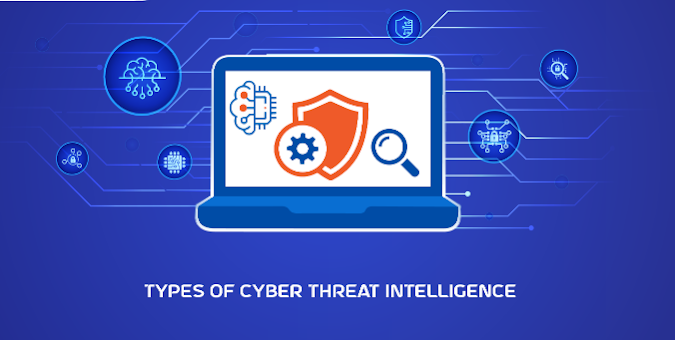The Basics of Cyber Intelligence
Cyber intelligence is the process of collecting, analyzing, and disseminating information about potential and actual cyber threats, vulnerabilities, and risks. It is a critical component of any organization's cybersecurity strategy, as it provides insights into the current threat landscape and helps to identify potential weaknesses in an organization's cybersecurity defenses.
In this article, we will discuss the basics of cyber intelligence, including what it is, why it is important, and how it works.
What is Cyber Intelligence?
Cyber intelligence is the process of gathering information about potential and actual cyber threats, vulnerabilities, and risks. This information is then analyzed to determine the likelihood and severity of a cyber attack, and to identify potential weaknesses in an organization's cybersecurity defenses.
Cyber intelligence is a proactive approach to cybersecurity, as it allows organizations to identify and address potential threats before they can be exploited. It also provides insights into the tactics, techniques, and procedures (TTPs) used by cybercriminals, which can be used to develop more effective cybersecurity defenses.
Why is Cyber Intelligence Important?
Cyber threats are constantly evolving, and organizations must be able to adapt to these changes in order to protect themselves. Cyber intelligence provides the information needed to stay ahead of these threats, by identifying potential vulnerabilities and providing insights into the tactics used by cybercriminals.
Without cyber intelligence, organizations are essentially operating blind, and are more likely to fall victim to cyber attacks. By investing in cyber intelligence, organizations can identify potential threats and vulnerabilities before they can be exploited, and develop effective strategies to mitigate these risks.
How Does Cyber Intelligence Work?
Cyber intelligence is a complex process that involves multiple steps, including data collection, analysis, and dissemination. Here are the basic steps involved in cyber intelligence:
1. Data Collection: The first step in cyber intelligence is to gather data from a variety of sources, including open-source intelligence (OSINT), social media, dark web forums, and internal data sources.
2. Analysis: Once data has been collected, it must be analyzed to identify potential threats and vulnerabilities. This analysis may involve the use of artificial intelligence (AI) and machine learning (ML) algorithms to identify patterns and trends in the data.
3. Dissemination: The final step in cyber intelligence is to disseminate the information to relevant stakeholders, including cybersecurity teams, senior management, and law enforcement agencies.
Conclusion
Cyber intelligence is a critical component of any organization's cybersecurity strategy. By gathering information about potential and actual cyber threats, vulnerabilities, and risks, organizations can identify potential weaknesses in their cybersecurity defenses, and develop effective strategies to mitigate these risks.
Cyber intelligence is a complex process that involves multiple steps, including data collection, analysis, and dissemination. By investing in cyber intelligence, organizations can stay ahead of evolving cyber threats, and ensure the security of their networks, systems, and data.



Post a Comment for "The Basics of Cyber Intelligence"